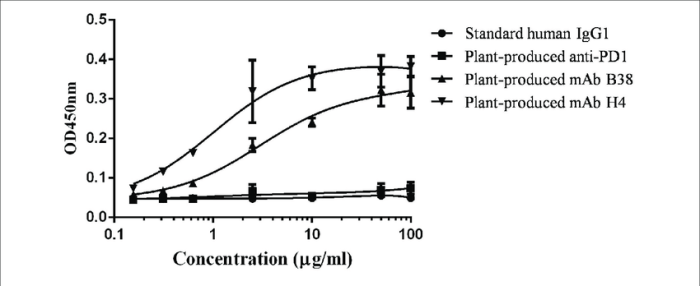Reusable film-sized plates coated with phosphor as the image receptor. – Introducing reusable film-sized plates coated with phosphor as the image receptor, a groundbreaking technology poised to revolutionize image capture. This innovative approach offers a compelling alternative to traditional film-based systems, promising enhanced performance and versatility across diverse applications.
These plates, meticulously crafted from advanced materials, boast exceptional physical characteristics that optimize image quality. The phosphor coating plays a pivotal role, converting X-rays or other forms of radiation into visible light, enabling the creation of high-resolution images.
Introduction

Reusable film-sized plates coated with phosphor serve as a novel image receptor technology, offering unique advantages over traditional film-based systems. These plates combine the benefits of digital imaging with the convenience and cost-effectiveness of reusable media.
Design and Materials

Reusable film-sized plates are typically composed of a thin, flexible substrate coated with a layer of phosphor. The substrate provides structural support and flexibility, while the phosphor coating plays a crucial role in capturing and converting X-ray energy into visible light.
Phosphors used in these plates are typically rare earth materials, such as gadolinium oxysulfide (Gd2O2S), which exhibit high X-ray absorption and efficient light emission.
Imaging Process, Reusable film-sized plates coated with phosphor as the image receptor.
The imaging process involves exposing the reusable plate to X-rays, which interact with the phosphor coating and generate visible light. The emitted light is captured by a digital camera or scanner, converting the latent image into a digital format. This process eliminates the need for chemical processing, reducing costs and environmental impact compared to traditional film-based systems.
Applications: Reusable Film-sized Plates Coated With Phosphor As The Image Receptor.

Reusable film-sized plates have gained traction in various applications, including:
- Medical imaging:Digital radiography, fluoroscopy, and mammography
- Industrial inspection:Non-destructive testing, quality control, and security screening
- Scientific research:X-ray diffraction, crystallography, and material analysis
Future Developments
The field of reusable film-sized plates is continuously evolving, with ongoing research focused on improving performance and expanding applications. Key areas of development include:
- Enhanced phosphor materials:Developing new phosphors with higher sensitivity, faster decay times, and improved spatial resolution
- Advanced imaging techniques:Exploring novel imaging methods to improve image quality and reduce artifacts
- Integration with artificial intelligence:Utilizing AI algorithms to enhance image processing, detection, and diagnostic capabilities
Detailed FAQs
What are the advantages of using reusable film-sized plates coated with phosphor as the image receptor?
Reusable film-sized plates offer several advantages over traditional film-based systems, including higher image quality, faster image readout, and reduced operating costs due to their reusability.
How does the phosphor coating contribute to image capture?
The phosphor coating plays a crucial role in converting X-rays or other forms of radiation into visible light. This conversion process enables the creation of high-resolution images with excellent contrast and detail.
What are the potential applications of reusable film-sized plates coated with phosphor as the image receptor?
These plates have a wide range of potential applications, including medical imaging (X-ray, fluoroscopy, mammography), industrial inspection (non-destructive testing, quality control), and scientific research (radiography, crystallography).